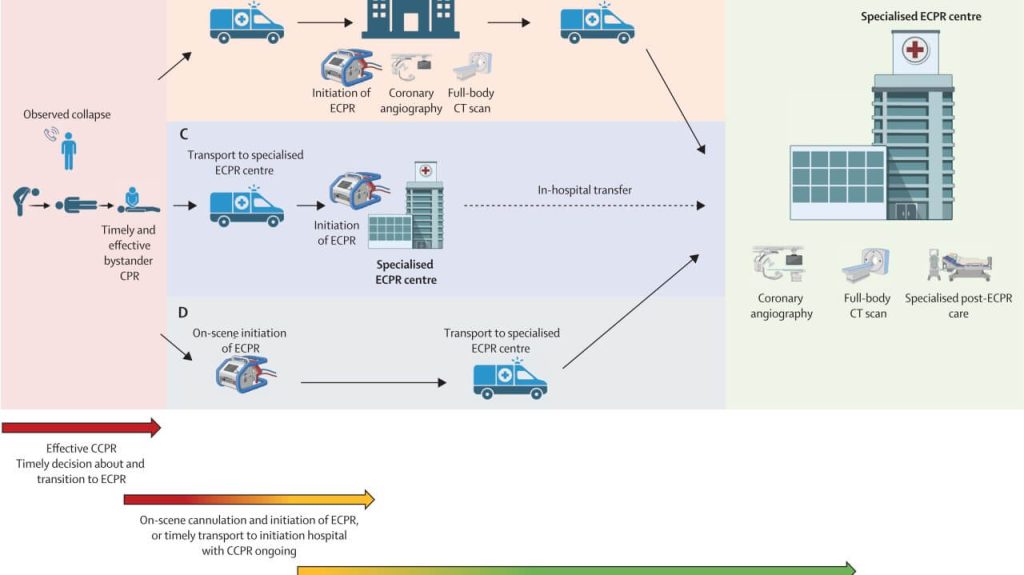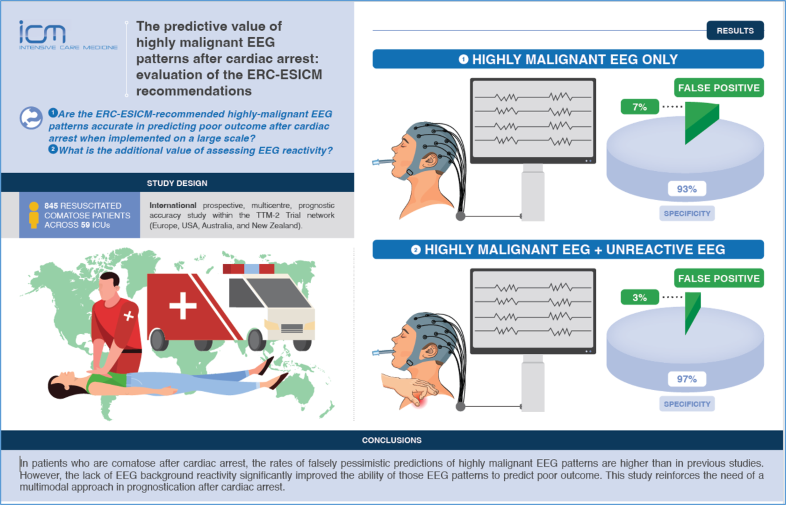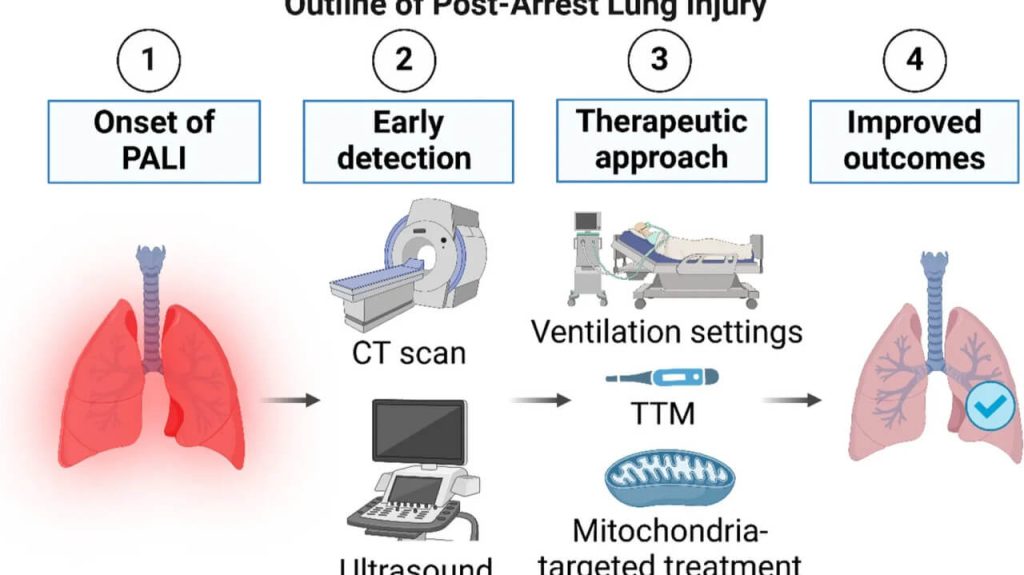High-risk pulmonary embolism: the significance and perspectives of pulmonary reperfusion
Summary This editorial explores the current landscape of pulmonary reperfusion strategies in patients with high-risk pulmonary embolism (PE). It underscores the centrality of rapid hemodynamic stabilization and reperfusion in managing high-risk PE and analyzes recent data from a large target trial emulation by Stadlbauer et al. The authors conclude that while systemic thrombolysis (SYS) remains […]
High-risk pulmonary embolism: the significance and perspectives of pulmonary reperfusion Read Post »









